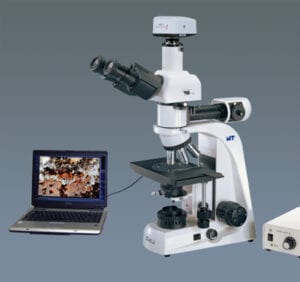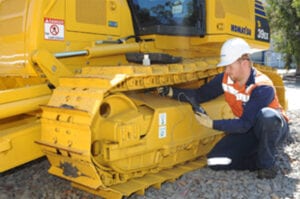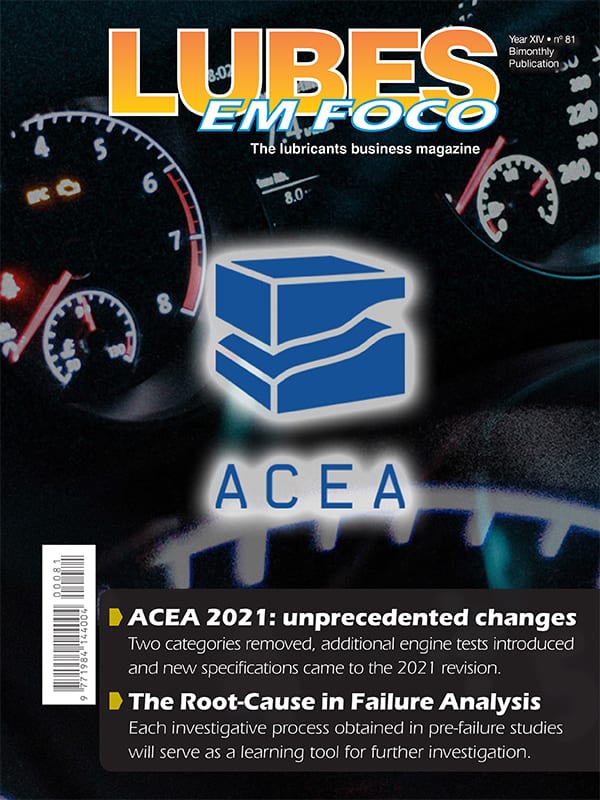 Analysis of failures
Analysis of failures
Abnormal wear and tear on mobile and industrial equipment cannot be likened to a rash that tends to disappear over time, making it more logical to resemble a serious disease at an early stage that requires intervention and treatment. The analysis of lubricating oils in use has an excellent potential to assist in the detection of abnormal maintenance conditions, assisting in the identification of the root cause of the problem (eg lubricating oil contaminated by abrasive solid particulate material) and can also be used as an instrument predictive or proactive maintenance (eg active failure in progress).
 The analysis of the root cause of a failure, catastrophic or not, is “post-mortem”. It starts with the failure and backs off in search of one or more types of root cause. The knowledge acquired will produce a plan of necessary changes that will prevent or, at least, delay the recurrence of similar failures. Failures are indeed a strategic teaching of the best ways to design, produce and maintain mobile or industrial machinery.
The analysis of the root cause of a failure, catastrophic or not, is “post-mortem”. It starts with the failure and backs off in search of one or more types of root cause. The knowledge acquired will produce a plan of necessary changes that will prevent or, at least, delay the recurrence of similar failures. Failures are indeed a strategic teaching of the best ways to design, produce and maintain mobile or industrial machinery.
The intention, when monitoring the condition of mobile and industrial equipment, through predictive maintenance techniques such as, for example, analysis of lubricating oil in use or analysis of vibrations, is to enable maintenance teams to “predict the future” “. Data will be produced and will indicate the existence of problems and the degree of seriousness. However, action is necessary to confirm the existence of the problems, determine and verify the root cause of these problems and, finally, solve the problem. Unfortunately, however, this is the situation in which most of the oil analysis programs in use fail, with the blame divided between users and laboratories.
 The analysis of the lubricating oil in use cannot repair the machinery that failed as this is a task for maintenance technicians. The purpose of the analysis of the lubricating oil in use is to provide alerts (warning and critical) and the occurrence of pre-failures. If the root cause of the failure is detected (eg inadequate lubricating oil; presence of abrasive solid particulate material and moisture in the lubricating oil) it is possible that these non-compliant conditions will be corrected in the short term through what we call proactive maintenance .
The analysis of the lubricating oil in use cannot repair the machinery that failed as this is a task for maintenance technicians. The purpose of the analysis of the lubricating oil in use is to provide alerts (warning and critical) and the occurrence of pre-failures. If the root cause of the failure is detected (eg inadequate lubricating oil; presence of abrasive solid particulate material and moisture in the lubricating oil) it is possible that these non-compliant conditions will be corrected in the short term through what we call proactive maintenance .
 Approximately 10% to 20% of the samples received by lubricant oil analysis laboratories in use present some type of non-conforming condition, the vast majority of these non-conformities being predictive or proactive in nature, such as, for example, abnormal wear. However, the origin of the impending failure (eg specific bearing bearing) and its root cause will remain undefined for both the laboratory analyst and the user of the machinery. Routine analysis of lubricating oils for the purpose of predictive or proactive maintenance are efficient displays for exposing abnormal conditions in the operation and maintenance of mobile and industrial assets, but leave a lot to be desired when used alone in fault analysis and problem solving.
Approximately 10% to 20% of the samples received by lubricant oil analysis laboratories in use present some type of non-conforming condition, the vast majority of these non-conformities being predictive or proactive in nature, such as, for example, abnormal wear. However, the origin of the impending failure (eg specific bearing bearing) and its root cause will remain undefined for both the laboratory analyst and the user of the machinery. Routine analysis of lubricating oils for the purpose of predictive or proactive maintenance are efficient displays for exposing abnormal conditions in the operation and maintenance of mobile and industrial assets, but leave a lot to be desired when used alone in fault analysis and problem solving.
 Currently, laboratory analyzes of lubricating oil in use by many users are used only for data generation. Laboratory analysts evaluate dozens of samples each day and it is perfectly understandable that they have limited time to devote themselves effectively to the prevention and resolution of problems in the machinery related to each sample received. It is also understandable that laboratory analysts do not have detailed information on all aspects involved in equipment lubrication systems, the tribology of specific mobile components, the failure modes that occurred and the design of the machines related to the received lubricating oil samples. It is also perfectly understandable that they have limited familiarity with the service conditions to which the machines and lubricants are subjected.
Currently, laboratory analyzes of lubricating oil in use by many users are used only for data generation. Laboratory analysts evaluate dozens of samples each day and it is perfectly understandable that they have limited time to devote themselves effectively to the prevention and resolution of problems in the machinery related to each sample received. It is also understandable that laboratory analysts do not have detailed information on all aspects involved in equipment lubrication systems, the tribology of specific mobile components, the failure modes that occurred and the design of the machines related to the received lubricating oil samples. It is also perfectly understandable that they have limited familiarity with the service conditions to which the machines and lubricants are subjected.
Read the complete release of this article in LUBES EM FOCO MAGAZINE – issue 81, apresentada abaixo:

#portallubes #lubricants #greases #cars #automobiles #motorcycles #trucks


















